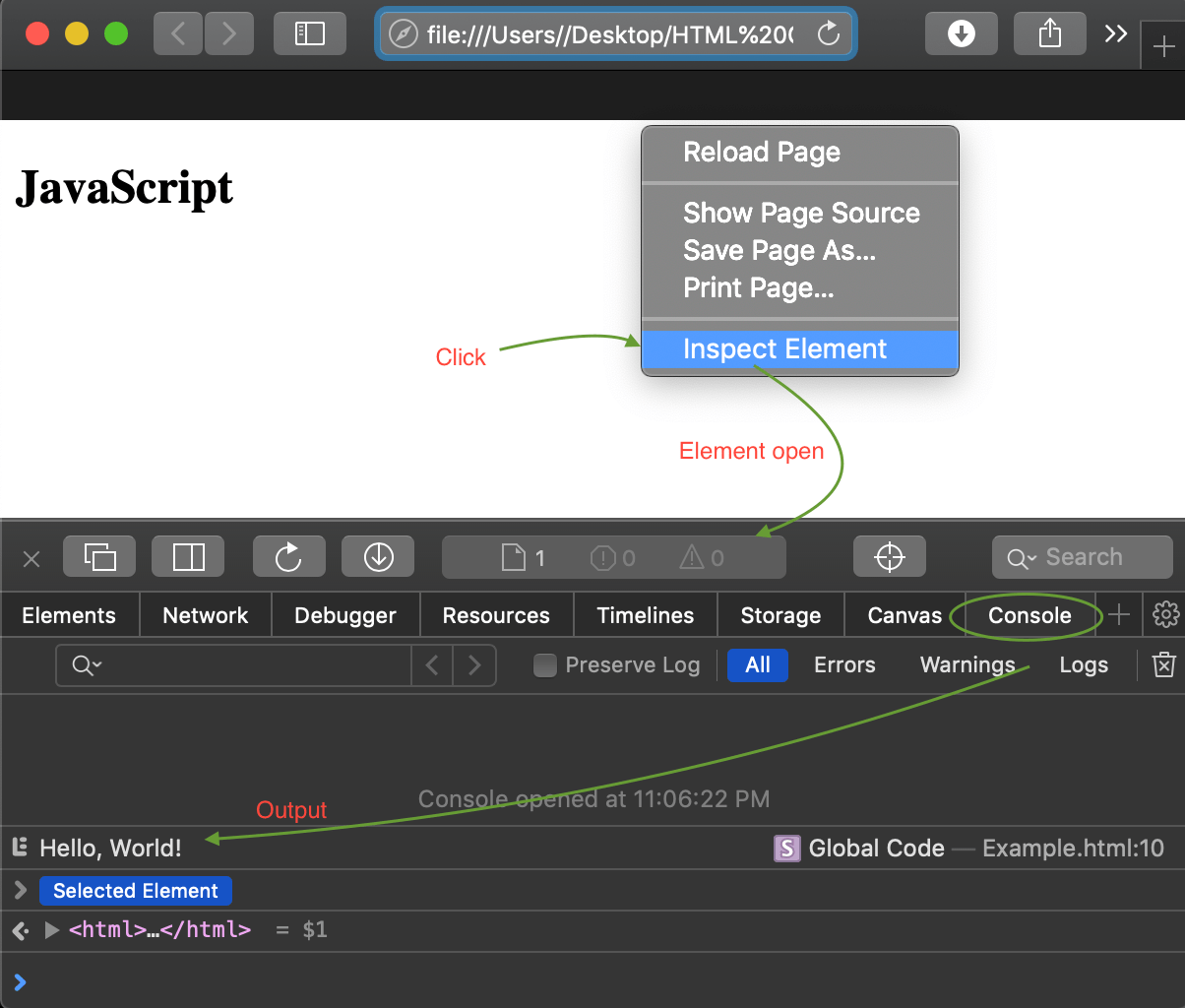

In JVM languages, an Exception is thrown in exceptional circumstances, and contains debug information about the error condition that went wrong, such as a stack trace with file/line number information, and an error message. JVM stack traces are the most common type of crash that typical Android applications will encounter, as the majority of apps are written in either Kotlin or Java. In this blog post we’ll cover the three most important crash logs used by the system: exception stack traces, ANR traces, and NDK tombstones.

Fortunately, the Android Framework provides some great tools for debugging crashes, and provides several useful crash logs that developers can read to determine what caused that critical issue. Select it and fill in the choices for platform and target.Crashes on Android can be immensely frustrating for users, so much so that after experiencing as little as two crashes, the typical user will uninstall your app. Once the file is created Cordova: Attach will show up as one of the entries in the pop up inside the editor window. If that's the case, just select any of the available options (you can remove it later). vscode/launch.json file yet, Cordova options might not be available to you. from the configurations dropdown at the top. Open the Debug Side Bar and select Add Configuration. With it, you can add a launch configuration for attaching to the application when running on the device or in the emulator. For debugging an Ionic application (or any Cordova application) on the device, the Cordova Tools extension is required.

I'm doing all my Ionic development in Visual Studio Code, therefore this is my primary tool for debugging and also for inspecting the console log output from the application. In such a scenario, it's more effective to look at the console output from the debugger. Although this is usually the most convenient approach for testers, it's an overkill during development when the device is connected to the computer most of the time or even the emulator is used instead of an actual device. In a previous blogpost, I've described how to intercept console log output when the application is running on the device, so that it can later be exported using the standard sharing functionality.


 0 kommentar(er)
0 kommentar(er)
